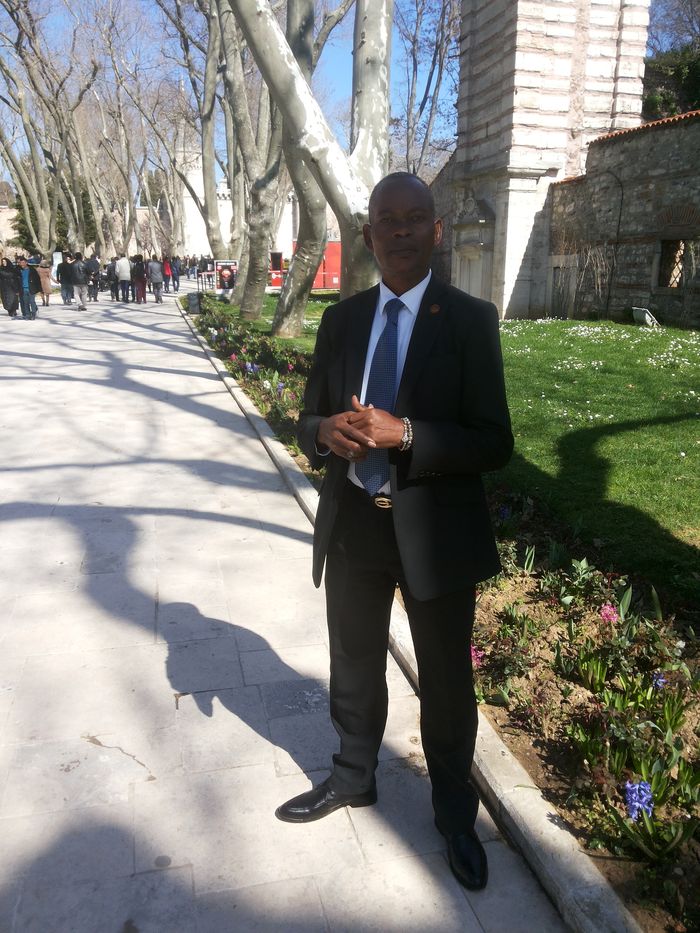55. This emperor also having quickly met his end — I will pass over his nephew who, after a wretched reign, came to an even more wretched death — Constantine Euergetes, the nickname by which he is known to most folk (I refer to Monomachus), succeeded to the imperial throne. He took over the state as though it were a merchantman loaded to the safety-line, so that it barely topped the wash of the waves, and having crammed it up to the very decks, he sank it.
Peaceful and civilized existence
To put it more plainly, and at the same time revert to my former comparison, he first added a host of new limbs and new parts to a body already long-corrupted, injected into its entrails liquids even more unwholesome, and then, having done this, took it out of its natural state and deprived it of peaceful and civilized existence. He practically drove it mad and brought it to the verge of savagery, by making many-headed, hundred-handed, monsters of the majority of his subjects.
After him, the Empress Theodora became sovereign, with more legal claim to power. Although she apparently refrained from reducing this strange animal to a state of complete insanity, yet even she imperceptibly added some hands and a few feet to it.
56. Theodora’s drama played out to its finish, the reins were put into the hands of the old man Michael. Unable to bear the move- ment of the imperial chariot, with his horses running away with him from the start, he made the show more confused than ever, and being scared out of his wits at the uproar, he retired from the race and took his place by the non-runners.
Of course he ought to have held on; he should have kept a pretty tight hold on the bit. In practice, however, he was like a man who is dismissed the service — in his case, the throne — and returns to his former manner of life.
57. Here then we have the first crisis. The greater part of the nation had been changed from men into beasts. They had been fattened up to such an extent that it was necessary to administer purgative drugs, and that in considerable doses. A second course of treatment was demanded — I mean, of course, surgical operations, cauterization, cathartics. The opportunity for healing recurred and Isaac Comnenus, wearing his crown, climbed into the Roman chariot. In order that we may consider him, too, in the light of allegory, let us liken his position partly to that of a charioteer, partly to that of a doctor.
Read More about Isaac Comnenus 36








